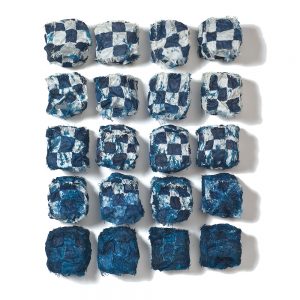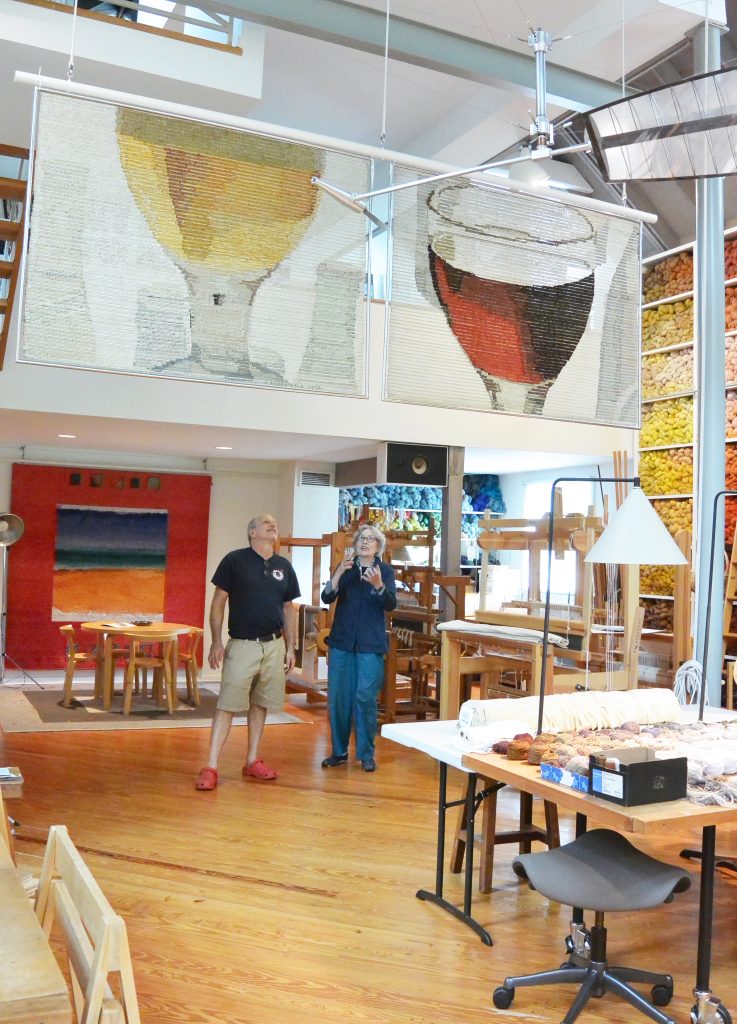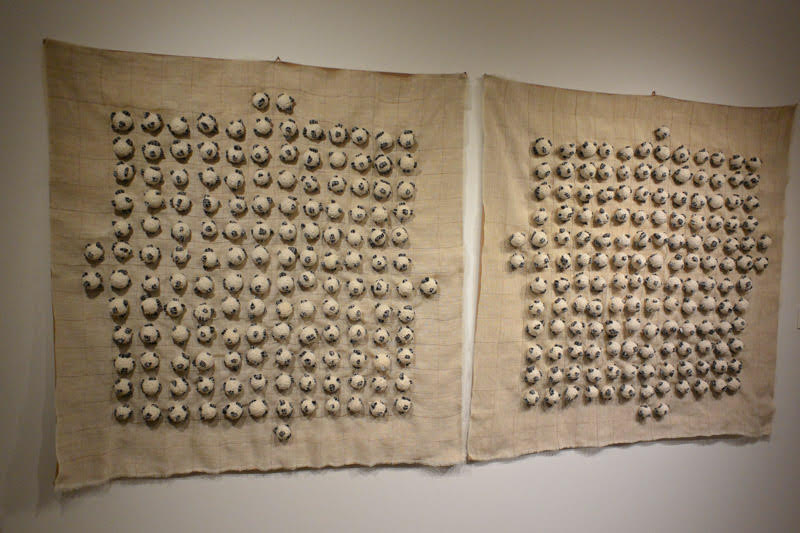
Bottom: (Left) Ceramic 49, Yasuhisa Kohyama
(Right) Ceramic 50, Yasuhisa Kohyama.
Photo by Tom Grotta
For the 10th year, New York is celebrating Asian Art Week from March 13th – 23rd and we’ve prepared related programming of our own. Through the end of this month, browngrotta arts is presenting An Unexpected Approach: Exploring Asian Contemporary Art, an online exhibition featuring 21 accomplished artists from Japan, Korea
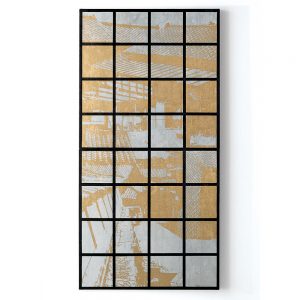
More than three dozen works are included in the exhibition. including select works of ceramic, textile, basketry and sculpture. The artists in this exhibition, including Jiro Yonezawa, Yasuhisa Kohyama, Glen Kaufman and Shin Young-Ok, have an understanding of traditional processes and
Kiyomi Iwata, for example, who has lived in the US for many years, explores the boundaries of East and West using silk organza metal. She creates sculptures that combine traditional Japanese aesthetics — organza boxes with kimono references – in minimalist grids, forms common in contemporary Western art.
Chiyoko Tanaka, who lives on the outskirts of Kyoto, weaves fabric on a traditional obi loom, then distresses it with brick and mud or clay. By grinding her newly woven cloth with earth, she exposes that original warp, unveiling the essence of the fabric. She says of her deconstructions, “I feel that my woven work is about time and the human condition.”

Jin-Sook So’s work is informed by time spent in Korea, Sweden
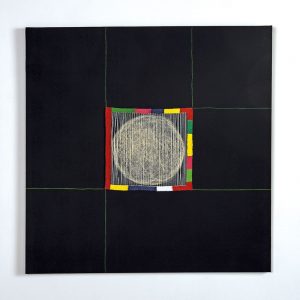
Kyoko Kumai, the subject of a solo show at the Museum of Modern Art, also works in steel, using steel threads to weave or spin strikingly contemporary clouds of steel. Jiro Yonezawa has received numerous awards for his bamboo vessels and sculpture. Formally trained in Beppu, Japan, Jonezawa then moved to the US, and when he did so, the lacquered twill-patterned form associated with Beppu was transformed by the artist into sensuous sculptural vessels, formal yet more freely formed.
You can view An Unexpected Approach: Exploring Contemporary Asian Art Online by visiting browngrotta arts’
The complete list of artists participating in this exhibition is: CHANG YEONSOON; YASUHISA KOHYAMA; NAOKO SERINO; KEIJI NIO; KIYOMI IWATA; KYOKO KUMAI;JIN-SOOK SO; SHIN YOUNG-OK; NANCY MOORE BESS;JIRO YONEZAWA; TSURUKO TANIKAWA; GLENN KAUFMAN; NORIKO TAKAMIYA; NAOMI KOBAYASHI; HISAKO SEKIJIMA; MUTSUMI IWASAKI; JUN TOMITA; MASAKO YOSHIDA; HIDEHO TANAKA; CHIYOKO TANAKA; HIROYUKI SHINDO

